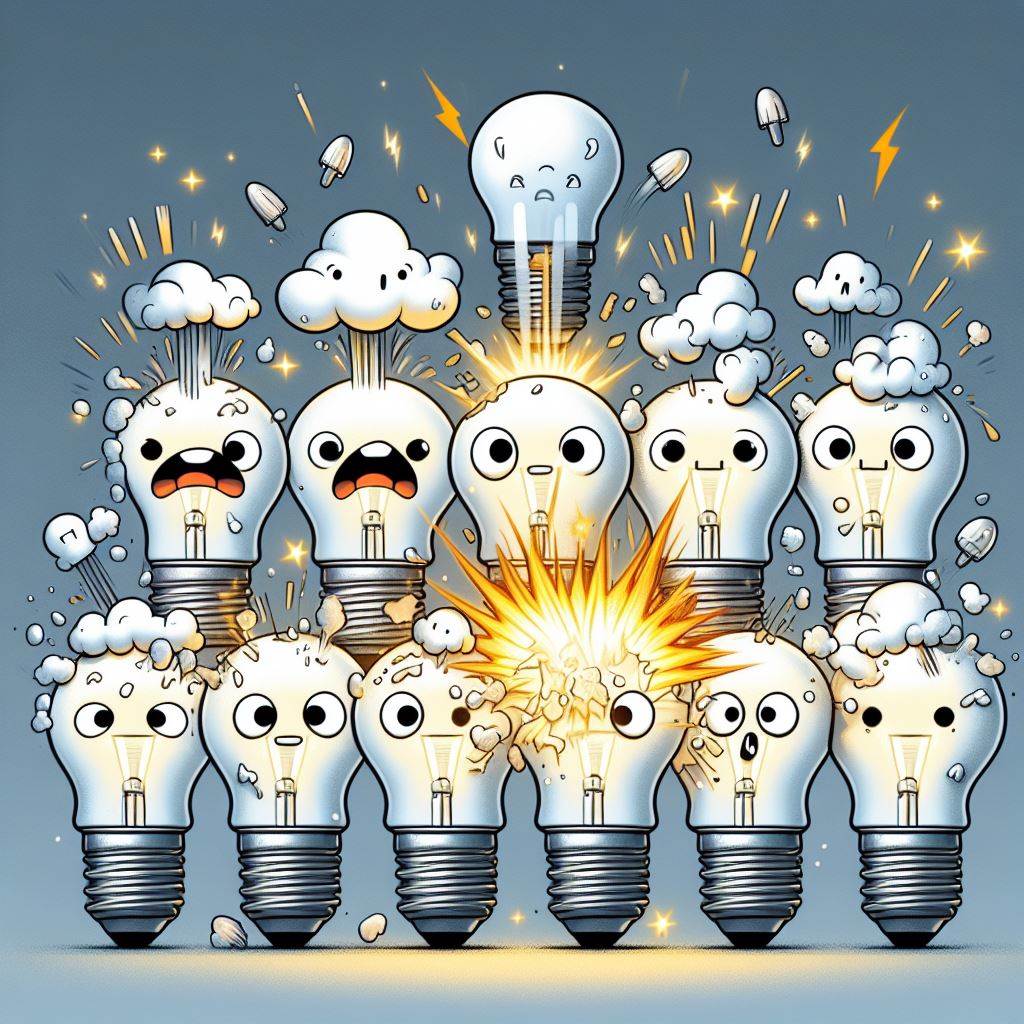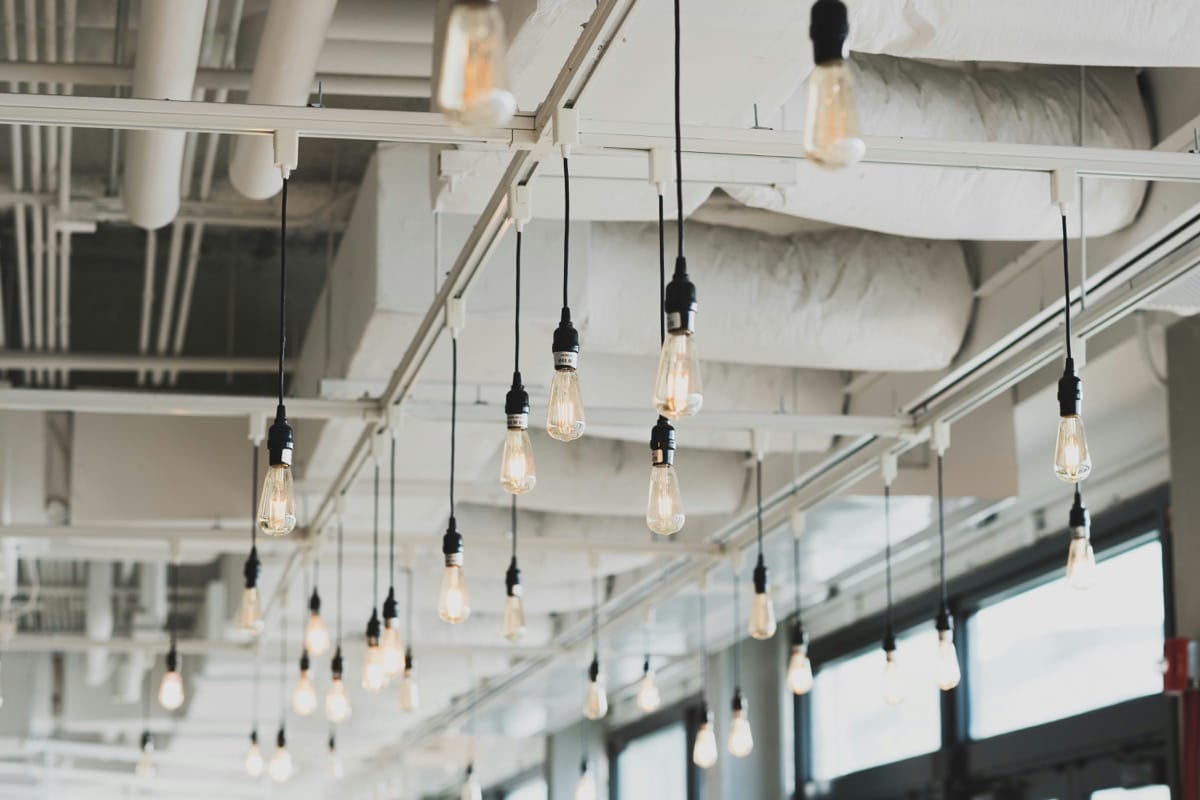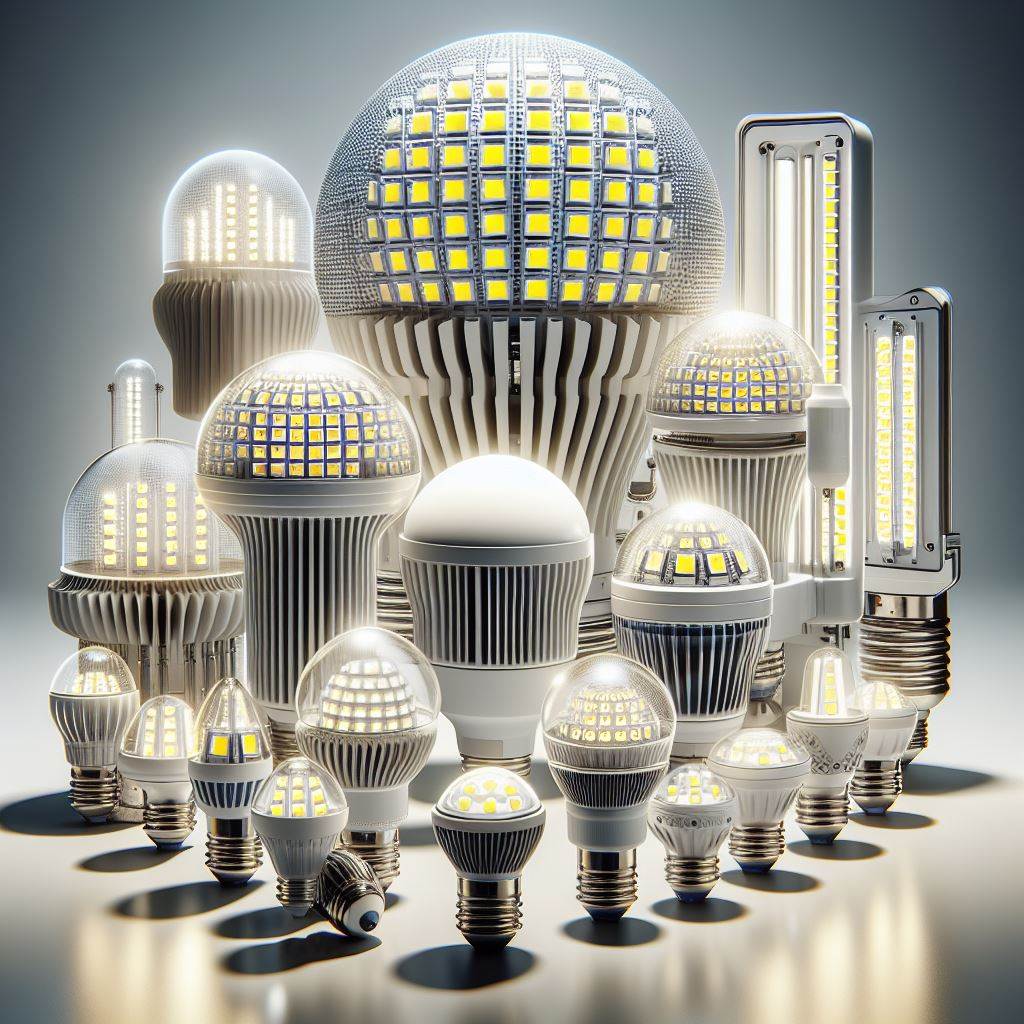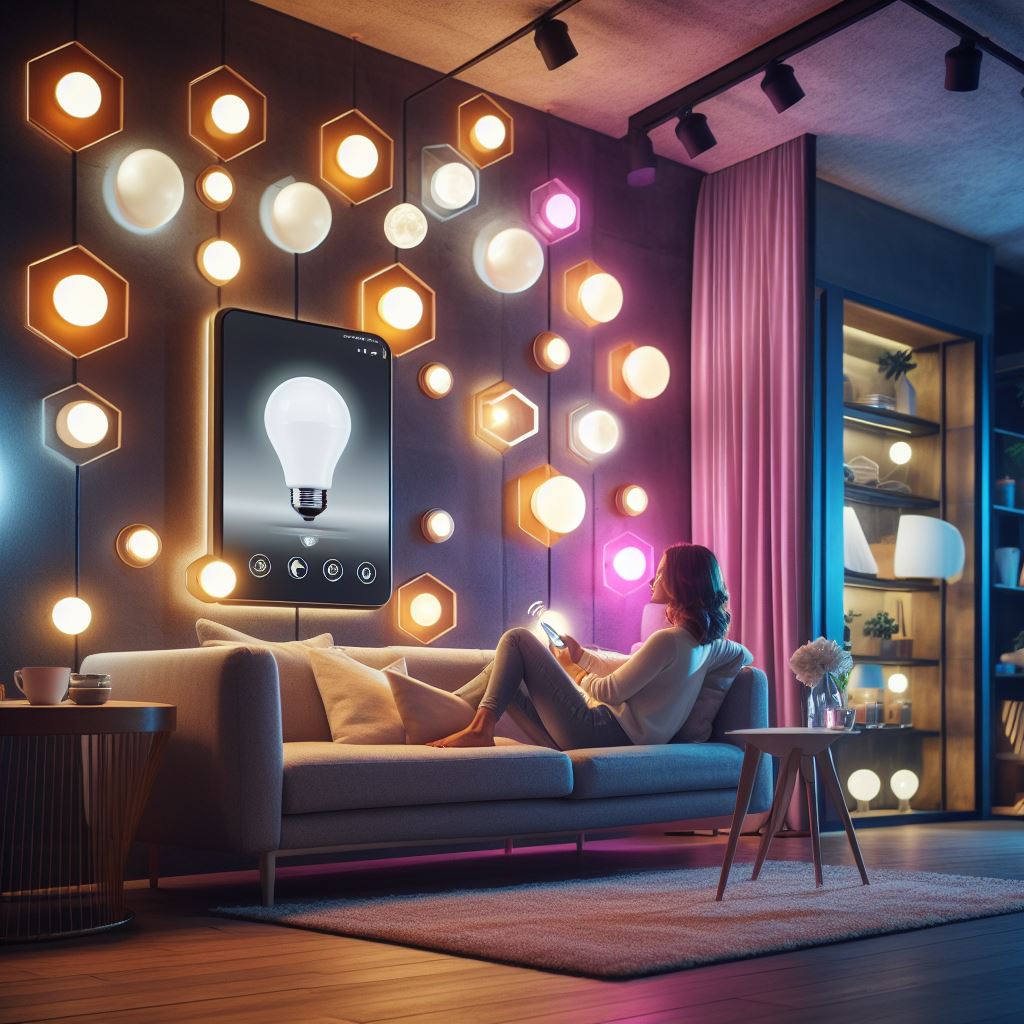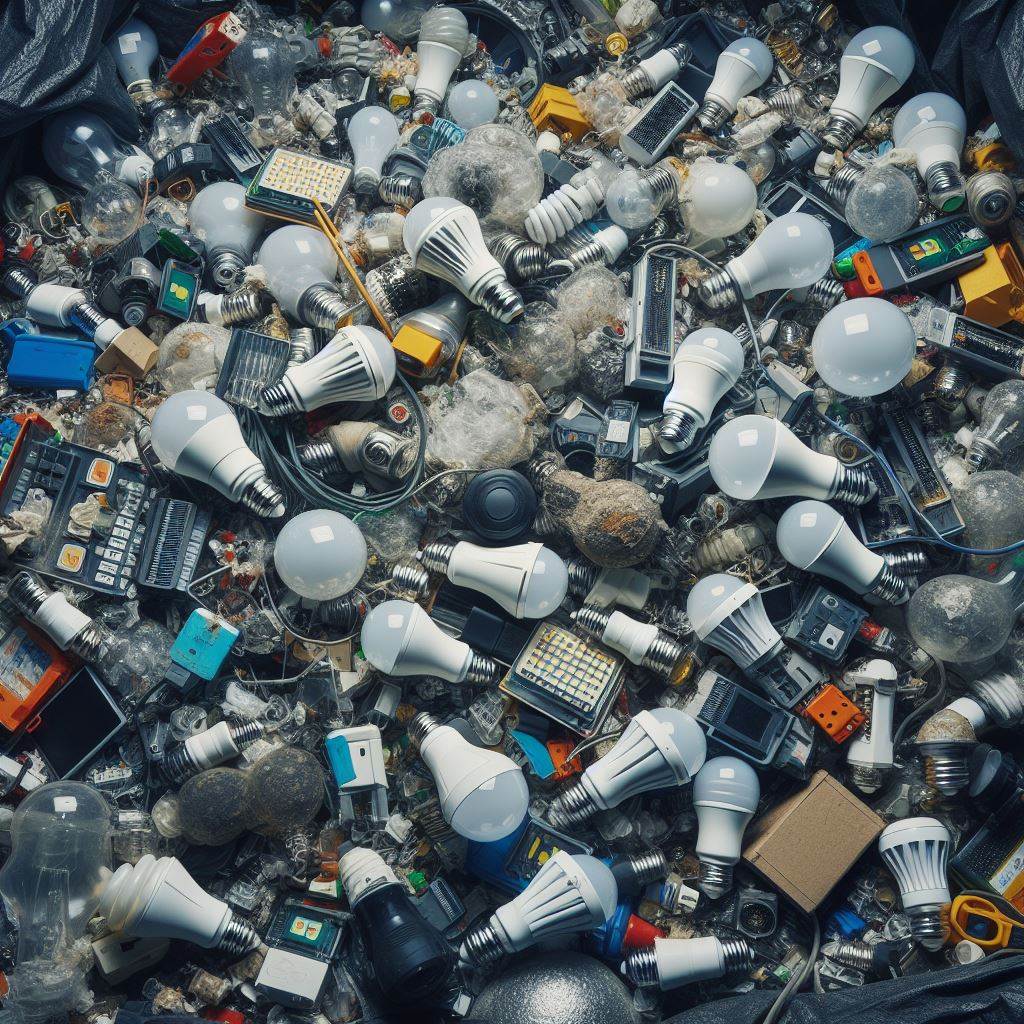Have you ever found yourself perplexed as to why your LED light bulbs keep blowing out unexpectedly? As an expert in lighting solutions, I understand the frustration and inconvenience this issue can cause. LED light bulbs are known for their energy efficiency and long lifespan, so it can be disheartening when they fail prematurely.
In this blog post, we will delve into the common reasons why LED light bulbs may be blowing out sooner than expected. By understanding these factors, you’ll be better equipped to troubleshoot the issue and make informed decisions when selecting and using LED light bulbs in your home or office. Let’s shed light on the mysteries behind LED light bulbs blowing out.
LED light bulbs blowing out can be a puzzling occurrence, especially when you rely on them for consistent and efficient lighting. From voltage fluctuations to poor ventilation, several factors can contribute to this issue. By identifying the root causes and implementing preventive measures, you can prolong the lifespan of your LED light bulbs and enjoy reliable illumination for years to come.
Why Do My LED Light Bulbs Keep Blowing?
Have you noticed that your LED light bulbs are constantly blowing out more often than they should? It can be frustrating to keep replacing them, especially when LED bulbs are supposed to have a long lifespan. Let’s dive into some common causes as to why this might be happening.
Incompatibility with Dimmer Switches
One possible reason for your LED bulbs blowing could be their incompatibility with your dimmer switch. Not all LED bulbs are designed to work with dimmer switches. Make sure to double-check if your bulbs are dimmable or if you need to switch to non-dimmable ones.
Overloading the LED Light Bulbs
Are you overloading your LED light bulbs by exceeding their maximum wattage capacity? Just like any other electronic device, LED bulbs have a limit to how much power they can handle. Check the recommended wattage for your fixtures and make sure you’re not exceeding it.
Poor Ventilation and Heat Build-Up
LED bulbs are sensitive to heat, and poor ventilation around the bulb can cause them to overheat and ultimately fail. Make sure your fixtures have proper airflow to prevent heat build-up that could lead to premature bulb failure.
Electrical Surges and Fluctuations
Electrical surges and fluctuations in your home’s power supply can also damage LED bulbs. Investing in surge protectors or voltage regulators can help shield your bulbs from sudden spikes in voltage that may be causing them to blow out.
Incompatibility with Dimmer Switches
Have you ever wondered why your LED light bulbs keep blowing out when connected to dimmer switches? Let’s shed some light on this common issue that many homeowners face.
Compatibility Matters
LED bulbs are designed to work best with regular on/off switches. When used with dimmer switches not specifically designed for LED lights, they can experience flickering, buzzing, or even premature failure.
Think of it this way – trying to fit a square peg into a round hole. It simply won’t work harmoniously! The mismatch between your LED bulbs and the dimmer switch can lead to erratic performance and a shorter lifespan.
Dimmer Switches and Voltage Fluctuations
Dimmer switches alter the voltage supplied to the bulb to control its brightness. However, many standard dimmer switches are not suitable for LED lights, leading to inconsistent voltage regulation that can damage the bulbs over time.
- Dimmer switches designed for incandescent bulbs may not provide a stable voltage to LED lights.
- LED bulbs require specific dimmer switches labeled as compatible with LEDs for optimal performance.
Steps to Resolve the Issue
So, what can you do to prevent this constant cycle of blown LED light bulbs due to dimmer switch incompatibility?
- Upgrade to dimmer switches that are explicitly compatible with LED bulbs.
- Ensure the dimmer switch is designed for the wattage of your LED bulbs to prevent overloading.
- Consult with a professional electrician to ensure proper installation and compatibility.
Remember, the right tools for the job make all the difference. By using dimmer switches tailored for LED bulbs, you can enjoy long-lasting and energy-efficient lighting without the frustration of constant bulb replacements.

Overloading the LED Light Bulbs
Have you ever noticed that your LED light bulbs seem to be blowing out too frequently? It can be frustrating and costly to have to replace them so often. One common reason for this issue could be overloading the bulbs.
Understanding the Impact of Overloading
Just like a circuit breaker in your home, LED light bulbs have a limit to how much electrical current they can handle. When you connect too many devices to a single outlet, the system becomes overloaded, causing strain on the bulbs.
And think about it this way – if you keep piling up books on a shelf beyond its capacity, eventually, the shelf will break. The same concept applies to your LED light bulbs.
Signs of Overloading
How can you tell if you are overloading your LED light bulbs? Look out for these signs:
- Frequent bulb burnouts
- Dimming or flickering lights
- Strange buzzing or humming noises
Preventing Overloading
Here are some tips to prevent overloading your LED light bulbs:
- Do not exceed the maximum wattage limit specified for your fixtures.
- Distribute the load evenly across different circuits in your home.
- Avoid using cheap or incompatible dimmer switches.
Remember, taking care of your LED light bulbs by ensuring they are not overloaded can extend their lifespan and save you from constant replacements.
Poor Ventilation and Heat Build-Up
Have you ever wondered why your LED light bulbs keep blowing unexpectedly? Well, one often overlooked culprit could be poor ventilation and heat build-up. Let’s dive into why this could be the reason behind your recurring lighting issues.
Lack of Air Circulation
Think of your LED light bulbs as little troopers, working hard to illuminate your space. But just like humans, they need to breathe too! If your fixtures are placed in an enclosed space without proper ventilation, the heat generated by the bulbs has nowhere to escape, causing them to overheat and fail prematurely.
Excessive Heat Generation
LEDs are known for their energy efficiency, but that doesn’t mean they don’t produce heat. When these bulbs are crammed into tight spaces or surrounded by insulation, the heat they emit has no way to dissipate, leading to overheating and eventual failure.
But fret not, dear reader, for there are simple solutions to combat this issue and extend the life of your LED light bulbs:
- Ensure adequate space around the fixtures for proper air circulation.
- Avoid placing LED bulbs close to heat sources like ovens or radiators.
- Consider using fixtures specifically designed for LED bulbs to allow for better heat dissipation.
By taking these small steps to improve ventilation and reduce heat build-up, you can help your LED light bulbs shine brighter for longer, saving you both money and frustration in the long run.
Electrical Surges and Fluctuations
Picture this: you’re enjoying a cozy evening at home with your new LED light bulbs shining bright, creating the perfect ambiance. Suddenly, there’s a flicker, and poof! Another bulb blows out. Frustrating, right? Don’t worry; you’re not alone. LED light bulbs blowing is a common issue that many homeowners face. So, what’s causing this annoyance?
Potential Culprit: Electrical Surges
Electricity can be a tricky beast. Just like a rollercoaster, it can have its ups and downs. And these fluctuations can wreak havoc on delicate LED bulbs. When a surge in electricity flows through your home’s wiring, LED bulbs can become casualties of these sudden spikes.
Effects of Fluctuations
Think of your LED light bulbs as delicate flowers in a storm. The sudden jolt of excess electricity can overwhelm their circuits, causing them to ‘pop’ like delicate blossoms in a fierce wind. It’s essential to shield them from these electrical storms.
However, all is not lost! By understanding the role of electrical surges and fluctuations, you can take proactive steps to safeguard your LED light bulbs from blowing out prematurely. Let’s dive deeper into this electrifying issue and explore ways to protect your bulbs from the stormy seas of electricity.
Conclusion
In conclusion, LED light bulbs blowing can be frustrating and costly for homeowners. However, understanding the common reasons behind this issue can help you prevent future mishaps.
By ensuring proper installation, avoiding voltage fluctuations, and choosing high-quality LED bulbs, you can extend the lifespan of your lighting fixtures.
Remember to consult with a professional electrician if you continue to experience frequent bulb failures, as there may be underlying electrical issues that need to be addressed.
With the right knowledge and precautions in place, you can enjoy the energy efficiency and longevity that LED light bulbs are known for.
Frequently Asked Questions (FAQs)
Why are my LED light bulbs blowing so often?
LED light bulbs blowing frequently can be due to voltage fluctuations, poor ventilation causing overheating, or using incompatible dimmer switches.
Can using the wrong wattage cause LED light bulbs to blow?
Yes, exceeding the recommended wattage can lead to overheating and eventual failure of LED bulbs.
Do power surges affect LED light bulbs?
Yes, power surges can damage LED bulbs, causing them to blow prematurely.
Is improper installation a common reason for LED bulbs blowing?
Incorrect installation, like not securely screwing in the bulb or exposing it to moisture, can lead to failures.
Could using cheap quality LED bulbs be causing them to blow?
Cheap quality LED bulbs may lack proper heat dissipation and internal components, making them more prone to blowing out.
How do voltage fluctuations impact LED bulb lifespan?
Frequent voltage fluctuations can stress the components in LED bulbs, shortening their lifespan and causing them to fail sooner.

